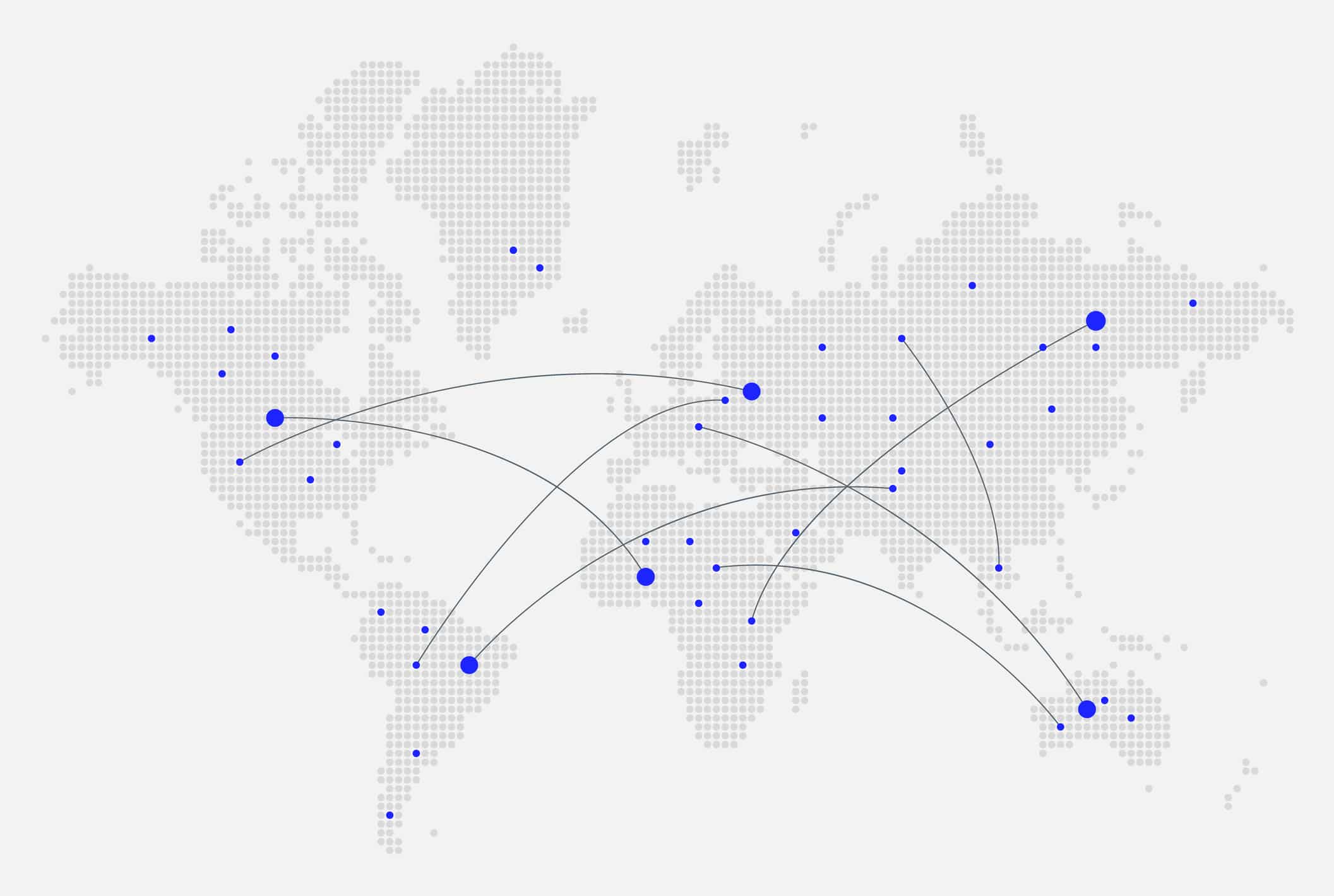What is a Data Lakehouse?
Actian Corporation
April 3, 2023

For organizations seeking to go further in their data collection, storage, and use, a data lakehouse is a perfect solution. While data lakes and data warehouses are commonly used architectures for storing and analyzing data, a data lakehouse is a third way of unifying the two architectures and revealing their full potential.
In this article, we’ll explain all you need to know about data lakehouses.
A data lakehouse is the best of both worlds. The best of information storage and the best of data exploitation. The main promise of a data lakehouse is to store large amounts of data from different sources in a single source of truth. However, a data lakehouse does not limit itself to the storage of information. It also provides a wide variety of advanced functionalities to ensure different data exploitation tasks, such as the transformation, analysis, and modeling of this data.
Indeed, a data lakehouse is defined as a data architecture that combines the advantages of a data lake and a data warehouse in a single platform. As such, it can be illustrated schematically as an extension of the data lake concept that is enriched with advanced data processing functions. In a data lakehouse, data is most often stored as raw or semi-structured. The transformation into structured data for analysis and business purposes takes place at a later stage.
What are the Functionalities of a Data Lakehouse?
The primary function of a data lakehouse is to store large amounts of data in a single platform. A centralizing approach that promotes easy and efficient access to information and data management. Unlike a data warehouse, a data lakehouse can store raw data and semi-structured data without distinction. This means that your data teams can easily extract information from unaltered data.
A data lakehouse can also facilitate real-time data processing. This means that decisions can be made more quickly and accurately because they are based on real-time data analysis. Among the advanced functionalities available in a data lakehouse, there are also query functionalities that allow your teams to extract value-added information from your data.
Finally, the data lakehouse can be easily integrated with data analysis tools, such as data visualization and machine learning tools, to go even further in the analysis, exploitation, and valorization of your data.
What are the Benefits of a Data Lakehouse?
There are many advantages of a data lakehouse, but the main advantage is that of scalability. Indeed, the size of a data lakehouse can easily be adjusted to store large amounts of data. Like many companies, you are probably faced with the explosion of the volumes of data you generate and exploit. With a data lakehouse, you’ll never be left behind!
Because they leverage open-source technologies and cloud services, data lakehouses are also extremely competitive in terms of deployment and operating costs.
Last but not least, in terms of security and compliance, the data stored in a data lakehouse is natively secure and complies with current security standards. Therefore, using a data lakehouse is a guarantee that your data is protected against cyber threats and data breaches.
Data Lakehouse vs. Data Lakes vs. Data Warehouse
A data lake is used to store raw or semi-structured data in its unaltered format. As for the data warehouse, it stores structured data in a predefined format. The data lakehouse opens a third way by allowing at the same time to store raw, semi-structured, and structured data in their raw or preprocessed format.
The data lakehouse also distinguishes itself from the data lake and the data warehouse by allowing the processing of data in real-time and the analysis of historical data – whereas data lakes are designed to process data in real-time, and data warehouses are limited to the analysis of historical data.
Subscribe to the Actian Blog
Subscribe to Actian’s blog to get data insights delivered right to you.
- Stay in the know – Get the latest in data analytics pushed directly to your inbox.
- Never miss a post – You’ll receive automatic email updates to let you know when new posts are live.
- It’s all up to you – Change your delivery preferences to suit your needs.
Subscribe
(i.e. sales@..., support@...)













